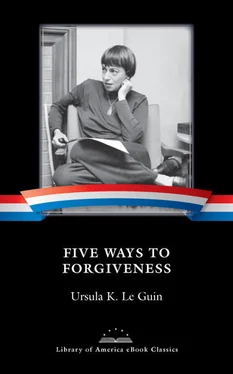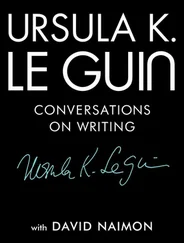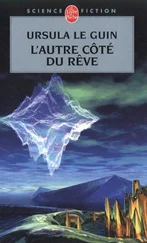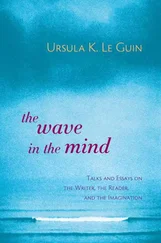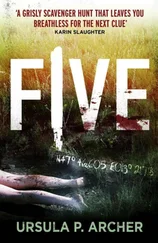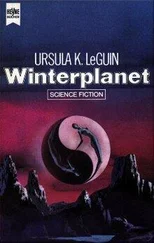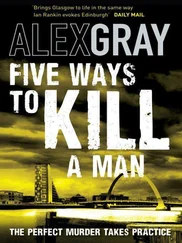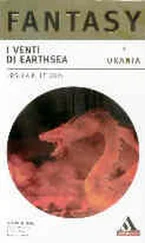1974
“The Ones Who Walk Away from Omelas” wins the Hugo Award for best short story. Douglas Barbour publishes an academic investigation of Le Guin’s work in Science Fiction Studies . Completes novel The Dispossessed , its main character Shevek partly based on a childhood memory of physicist Robert Oppenheimer; revises ending at the urging of her friend Darko Suvin, a Croatian literary critic. Senior editor Buz Wyeth acquires the novel for Harper & Row, which publishes it in May. Wyeth remains her editor for several years.
Takes part in a virtual symposium on “Women in Science Fiction,” organized by editor and fan Jeffrey D. Smith. Participants such as Suzy McKee Charnas, Virginia Kidd, Samuel R. Delany, Vonda McIntyre, Joanna Russ, and James Tiptree Jr. write a round robin of letters and responses on a variety of topics, starting in October 1974 and continuing until May 1975. Their discussions are published in the fanzine Khatru in November 1975. Tiptree, believed by the other participants to be a man (the writer’s identity as Alice Sheldon is not revealed until 1977), expresses a number of challenging ideas about gender and power.
1975
Poetry collection Wild Angels is published in January. The Dispossessed wins the Hugo, Locus, and Nebula Awards. In August, attends the World Science Fiction Convention, or Worldcon, in Melbourne, Australia, where she is a guest of honor, and also spends a week conducting a science fiction writing workshop using the Clarion method. In May, dystopian novella “The New Atlantis” is published as part of a triptych with novellas by Gene Wolfe and James Tiptree Jr. The first collection of Le Guin’s short stories is published under the title The Wind’s Twelve Quarters . The Le Guins spend another sabbatical year in London starting in the fall; Ursula is a visiting fellow in creative writing at the University of Reading. In November Science Fiction Studies devotes a special issue to her work.
1976
During their stay in England, the Le Guins travel to Dorset to meet writer Sylvia Townsend Warner; Ursula says later, “I hold it one of the dearest honors of my life that I knew her for an hour.” Young adult novel Very Far Away from Anywhere Else published in August by Atheneum. A second collection of stories, Orsinian Tales, published in October by Harper & Row.
1977
At the invitation of utopian scholar Robert Elliott, teaches a term at the University of California, San Diego. Among her students are aspiring writers Kim Stanley Robinson and Luis Alberto Urrea.
1978
Again rewrites early novel Malafrena , finishing in December. Science fiction novella “The Eye of the Heron” appears in the original anthology Millennial Women , edited by Virginia Kidd, in August. Mother falls ill.
1979
Wins the Gandalf Grand Master Award for life achievement in fantasy writing. Susan Wood edits the first volume of Le Guin’s speeches and essays, The Language of the Night . Around this time she discovers the poetry of Rainer Maria Rilke, a favorite and acknowledged influence. Mother dies of cancer on July 4. Le Guin’s first children’s picture book, Leese Webster , is published with illustrations by James Brunsman in September by Atheneum. Malafrena is published in October by G. P. Putnam’s Sons. Le Guin is invited to take part in a symposium on narrative at the University of Chicago, October 26–28, along with scholars and writers such as Seymour Chatman, Paul de Man, Jacques Derrida, Frank Kermode, Barbara Herrnstein Smith, Robert Scholes, Victor Turner, Paul Ricoeur, and Hayden White. Her contribution at the end of the symposium is “It Was a Dark and Stormy Night; or, Why Are We Huddling Around the Campfire?”, a piece that is both a witty summary of the discussions and a metanarrative about the value of story. She wrote in a headnote to the published version that “I had bought my first and only pair of two-inch-heeled shoes, black French ones, to wear there, but I never dared put them on; there were so many Big Guns shooting at one another that it seemed unwise to try to increase my stature.” Short story “Two Delays on the Northern Line” is published in The New Yorker in the November 12 issue.
1980
On January 9, television movie of The Lathe of Heaven airs, filmed by PBS station WNET with a script by Roger Swaybill and Diane English with extensive contributions by David Loxton and Le Guin. Charles and Ursula appear as extras, an experience she writes about in an essay called “Working on ‘The Lathe.’” Le Guin likes the film and finds the whole experience quite positive, in contrast to later experiences with film adaptations of her work. Young adult novel The Beginning Place published in February by Harper & Row. It is reviewed in The New Yorker by John Updike in June. Collaborates with Virginia Kidd as editors of the anthologies Edges and Interfaces . From 1980 to 1993, teaches many times at The Flight of the Mind writing workshop for women in McKenzie Bridge, Oregon, in her opinion her most valuable teaching experience.
1981
Poetry collection Hard Words published by Harper.
1982
“Sur,” a story that is not so much alternative history as crypto-history (the female explorers who are first to the South Pole keep their feat a secret), appears in The New Yorker in January. The New Yorker publishes two more of her stories this year, in July and October.
1984
Brian Booth founds the Oregon Institute of Literary Arts and invites Le Guin, along with Floyd Skloot and William Stafford, to become members of the advisory board.
1985
In January, The New Yorker publishes “She Unnames Them,” a story of a type that Le Guin has called a “psychomyth.” In October, publishes a major new science fiction novel, Always Coming Home , set in the future California. Novel involves collaboration with geologist George Hersh, artist Margaret Chodos, and composer Todd Barton, whose music of the imagined Kesh people is included on a cassette tape with the original boxed set (and creates problems with the Library of Congress, which objects to copyrighting the music of indigenous peoples). The book wins the Janet Heidinger Kafka Prize for fiction by an American woman and is a runner-up for the National Book Award. It also creates a stir among more conservative science fiction readers and writers for being what they consider antitechnology; Le Guin points out that the book is pervaded with technology, though the technology is predicated upon a sustainable use of resources. Publishes a screenplay, King Dog , based on a segment of Hindu epic the Mahabharata . Composer Elinor Armer composes song settings of poems from Le Guin’s collection Wild Angels . The two meet and begin to collaborate on eight musical compositions for orchestra and voices called Uses of Music in Uttermost Parts .
1987
Novella “Buffalo Gals, Won’t You Come Out Tonight” appears in The Magazine of Fantasy and Science Fiction . The story combines another critique of anthropocentrism with an homage to American Indian storytelling tradition.
1988
Publishes children’s picture storybook Catwings, illustrated by S. D. Schindler. The saga of a family of flying cats continues with Catwings Return (1989), Wonderful Alexander and the Catwings (1994), and Jane on Her Own (1999). The origin of the whole set is a winged cat drawn as a doodle by Ursula, which prompts the writing of the first story. The Catwings are reminiscent of a much larger (and thus much less feasible) race of winged cats in Rocannon’s World .
Читать дальше
